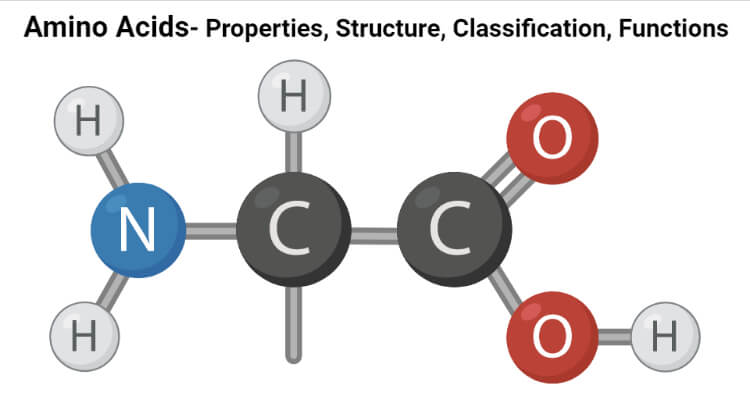

Hydrogen is used to construct the molecules water and organic compounds with carbon. Carbon is also used to construct the energy-rich molecules adenosine triphosphate (ATP) and guanosine triphosphate (GTP). Even the cell membranes are made of proteins. Carbon is an important element for all living organisms, as it is used to construct the basic building blocks of life, such as carbohydrates, lipids, and nucleic acids. These elements form the basic building blocks of the major macromolecules of life, including carbohydrates, lipids, nucleic acids and proteins. The first four of these are the most important, as they are used to construct the molecules that are necessary to make up living cells. They are carbon, hydrogen, nitrogen, oxygen, phosphorus, and sulfur. In biology, the elements of life are the essential building blocks that make up living things. Because of this, we can also assume that the molecule is relatively hydrophobic, but we'll just go with labeling these for now, because that's all the question asks for. This can be explained by the fact that the molecule will not be deep resonated or protein ated at physiological ph because the sulfur group does not readily lose its hydrogen. However, even with the additional polarity, this molecule will still remain neutral at physiological ph H. So we are able to label this amino acid as polar. So introducing it into the amino acid does introduce a molecular dipole. And then we have our sulfur bonded to a hydrogen, sulfur is a relatively electro negative atom. Sistine introduces a sulfur in its structure in the long structure that comes off of a methyl group. Furthermore, the exposure, a bunch of hydrocarbons would make this amino acid relatively hydrophobic as well. So we can go ahead and label this as non polar. Benzene rings are only composed of carbons and hydrogen. So final valentine has a final group on it, which is basically just a benzene ring. Sorry, we're just going to better underline that. If you're trying to memorize these structures for the um cat. So I feel like that's a good way to remember it. So you can see where the name comes from, Final eleni. So we have our metal from our original group and then we have the final group added on there. Our next amino acid is final alunan phenylalanine introduces a final group attached to the alunan. The our group similarly does not help the amino acid dissolve in water as it does not introduce an acidic or basic characteristic to the amino acids. So because it doesn't introduce any polarity into the molecule, we can label this as non polar based on its our group being non polar. This method group does not introduce any polarity into the molecule as it's relatively small and it's only an out pill group.

So looking at um alan in the substitution on allen is a methyl group right here. So to start we have a line, we are supposed to first look at if the amino acid is polar, non polar hydrophobic or hydrophobic.

In this question, we're asked to look at three Amino acids and describe these amino acids and their characteristics.


 0 kommentar(er)
0 kommentar(er)
